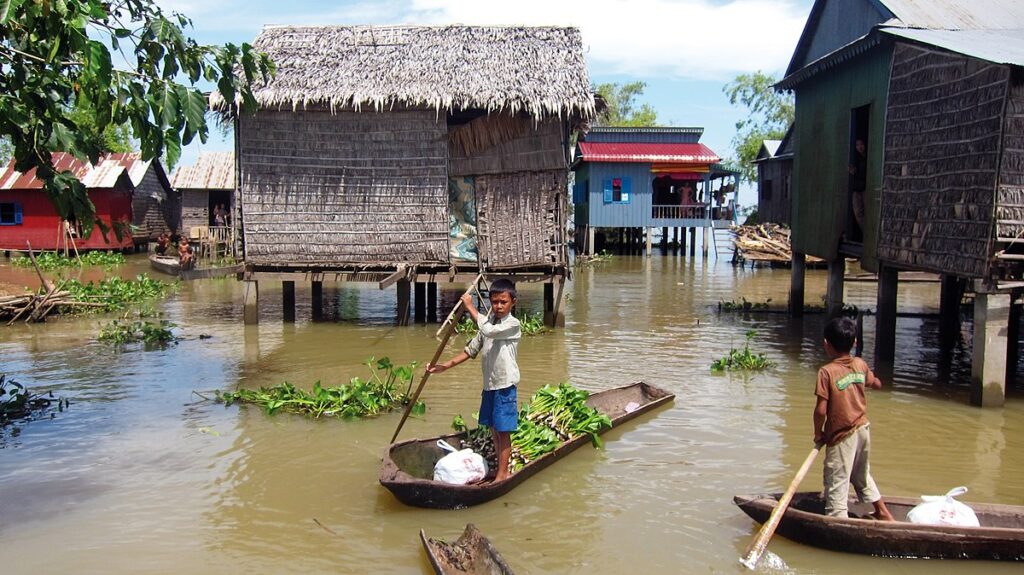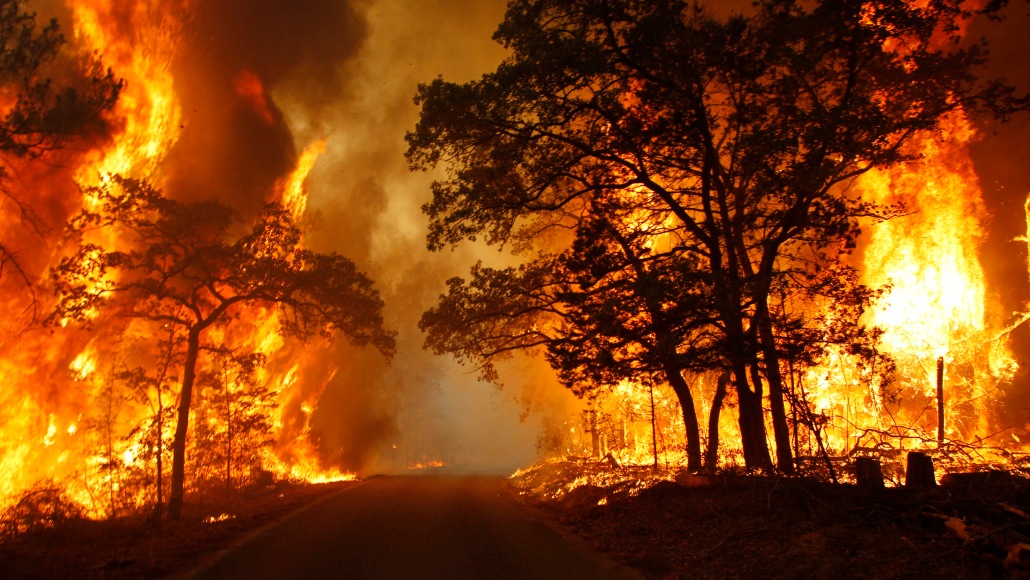Importance Of Disaster Risk Management And Mitigation In 21st Century

Disaster risk management and mitigation is a process used to identify, assess and reduce the potential impacts of a disaster on a community or organization. This process involves analyzing the potential risks associated with a disaster, developing plans to reduce the potential impacts of the disaster, and implementing those plans. The process of disaster risk management and mitigation begins with the identification of potential risks associated with a disaster. This includes analyzing the physical risks of the disaster, such as the potential for flooding, landslides, or other natural disasters. It also includes looking at the social risks associated with the disaster, such as the potential for displacement or loss of livelihoods. After the risks have been identified, the next step is to assess the potential impacts of the disaster. This involves looking at the potential economic, social, and environmental impacts of the disaster. Once the potential risks and impacts of the disaster have been identified and assessed, the next step is to develop plans to reduce the potential impacts of the disaster. This can include developing evacuation plans, strengthening existing infrastructure, or creating emergency response plans. In addition, the plans should include measures to reduce the potential risks of the disaster, such as early warning systems, community preparedness programs, or disaster risk reduction programs. Once the plans have been developed, the next step is to implement them. This includes ensuring that all stakeholders are aware of the plans and have access to the necessary resources to implement them. In addition, it includes monitoring the implementation of the plans and making necessary adjustments as needed. Disaster risk management and mitigation is an important process for any community or organization. It can help to reduce the potential impacts of a disaster, as well as reduce the potential risks associated with it. By taking the time to identify, assess, and reduce the potential risks and impacts of a disaster, communities and organizations can help to ensure that they are prepared for any potential disasters that may occur.

As the world continues to face an ever-increasing number of natural disasters, the importance of disaster risk management and mitigation in the 21st century cannot be overstated. Whether it is a hurricane, an earthquake, a flood, or a wildfire, disasters can cause extensive damage to infrastructure, property, and human life. As such, it is essential for governments, businesses, and individuals to take steps to reduce the potential impacts of disasters. Disaster Risk Management Disaster risk management (DRM) is the process of assessing, understanding, and reducing the risks posed by natural disasters. This includes identifying the potential hazards, assessing their likelihood of occurrence, and developing strategies to mitigate their impacts. The process also includes developing disaster management plans and creating awareness among the public about disaster preparedness and response. Mitigation is the process of reducing the likelihood and severity of disasters by taking measures to prevent, limit, or reduce the impacts of natural disasters. This includes engineering solutions such as constructing seawalls to protect against storm surge, strengthening buildings to resist earthquakes, and creating early warning systems to inform the public of approaching hazards. Mitigation also includes non-structural measures such as public awareness campaigns, evacuation plans, and disaster insurance. Benefits of Disaster Risk Management and Mitigation Disaster risk management and mitigation can help reduce the impacts of disasters and save lives. By taking the necessary steps to reduce the potential impacts of disasters, governments, businesses, and individuals can save money that would otherwise be spent on emergency response and recovery. Furthermore, with effective DRM and mitigation measures in place, the public can be better prepared to respond to disasters and recover more quickly.
The importance of disaster risk management and mitigation in the 21st century cannot be overstated. By taking the necessary steps to reduce the potential impacts of disasters, governments, businesses, and individuals can save money, save lives, and increase the public’s preparedness for disasters. Through effective DRM and mitigation measures, we can all work together to make the world a safer and more resilient place.